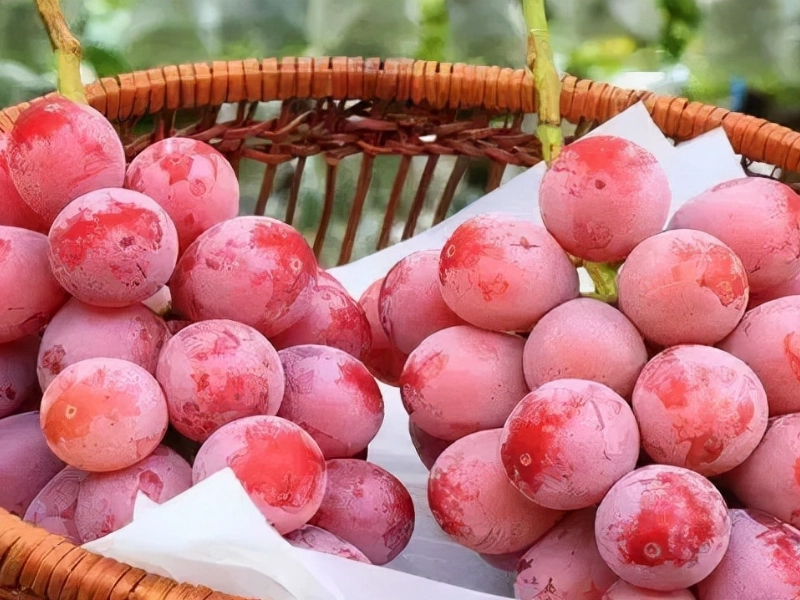Wine Enthusiast's Guide: How to Choose the Perfect Table Grap
Advertisement
6. Tasting: The Ultimate Test of Grape Quality

Advertisement
Although taste is the ultimate test in choosing the ideal table grape, visual clues, texture, and scent all play significant roles. Always try to taste a grape before deciding what to buy, whenever at all possible. This is a great tool in your grape choosing tool; many marketplaces and supermarket stores provide this alternative. Taste the grape and notice various important components of its flavour character. Think first of the harmony between acidity and sweetener. The best table grapes combine these two components in a harmonic way; neither one dominates the other. The sweetener should be fresh and pure, not syrupy or sticky. Conversely, the acidity should offer a clear, crisp note that accentuates the flavour overall without being overly sour or acidic. Then assess the grape's juiciness and flesh feel. When bit, a good-quality table grape should burst with juice to give a pleasing and reviving texture. The flesh should be not mealy or too soft but rather delicate but crisp. Consider the size and texture of the seeds for seeded types; they should be simple to separate from the flesh and not overly hard or bitter. Notice any other taste notes you find. Some grape types have sophisticated taste sensations with traces of different fruits, flowers, or even spices. For instance, certain red grape types may have faint cherry or berry overtones, while some white grapes might taste apple or pear. Wine lovers who enjoy making comparisons between table grapes and wine grapes will especially value these subtle tastes, which can really improve your grape-eating experience. Still another important factor to take into account is the aftertaste. A good grade grape should taste delicious and linger in your mouth such that you want to grab another. Steer clear of grapes leaving a bitter, acidic, or off-putting aftertaste. Finally give some thought to the grape's skin. Although certain types naturally have thicker skins, it shouldn't be chewy or harsh to the point of distraction. Usually offering a little textural contrast and perhaps adding flavour components, the skin should accentuate the flesh. When sampling grapes, one also has to take into account the serving temperature. While excessively warm grapes may taste overly sweet or lose their crisp texture, too cold grapes may have subdued tastes. To completely enjoy their flavour, grapes should ideally be presented somewhat cold—between 55 and 60°F (13 and 16°C). Remember that grapes from a store might not be at the optimal temperature, hence attempt to picture how their taste might change once correctly cold. Furthermore, if you are choosing grapes for a particular use, such matching with cheese or wine, think about how their taste might accentuate or balance the other components of your meal or drink.
You May Like
Advertisement

